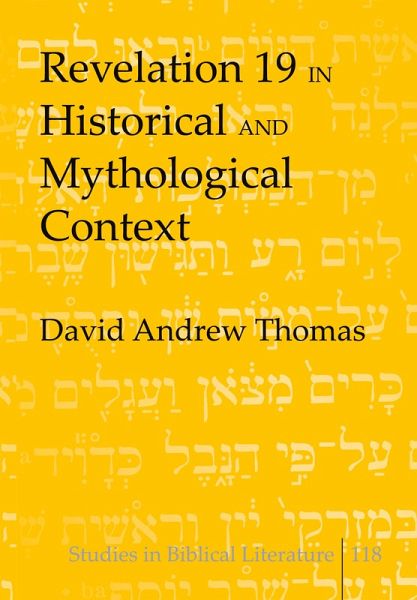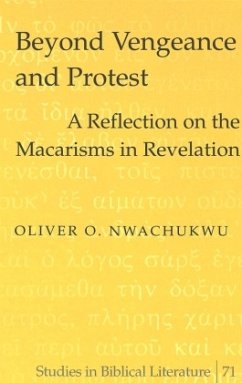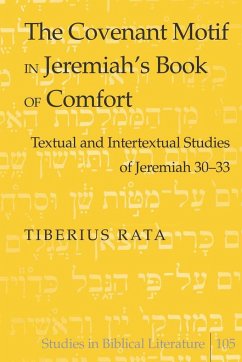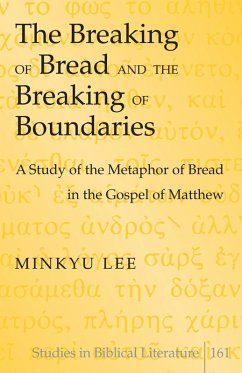
Revelation 19 in Historical and Mythological Context
Versandkostenfrei!
Versandfertig in 6-10 Tagen
71,95 €
inkl. MwSt.

PAYBACK Punkte
0 °P sammeln!
Revelation 19:11-21 is a passage rich in symbol and allusion, much of which proves elusive for interpreters restricting themselves to Old Testament references. However, when Greco-Roman history and mythology are examined, new possibilities are discovered. Revelation 19 in Historical and Mythological Context analyzes the Roman triumph and the Parthian threat as sources for the colorful imagery in Revelation 19, ultimately exploring the Nero redivivus myth as the nexus between the two and a key for unlocking the passage. Paradox and parody are important themes in this technical though theologica...
Revelation 19:11-21 is a passage rich in symbol and allusion, much of which proves elusive for interpreters restricting themselves to Old Testament references. However, when Greco-Roman history and mythology are examined, new possibilities are discovered. Revelation 19 in Historical and Mythological Context analyzes the Roman triumph and the Parthian threat as sources for the colorful imagery in Revelation 19, ultimately exploring the Nero redivivus myth as the nexus between the two and a key for unlocking the passage. Paradox and parody are important themes in this technical though theological study of the climax to the drama that is the Apocalypse.














